This is the last of a 2 parts report about what happened during the Audio Branding Congress 2013, which was held on 27th of November at the University of High Economics of Moscow, Russia.
From research to application: second phase of the congress is mainly dedicated to case studies, commercial projects for international companies presented by sound agencies competing each other for the the best case study award edition 2013.
First project is in the field of game industry: Wooga Soundlogo by nhb corporate sound. Cornelius Stiegler and Johannes Ippen introduce the work of the company specialized in games for social media and mobile and underline the challenge of Wooga audio identity: people know the games they are playing, but they don’t know people behind them.
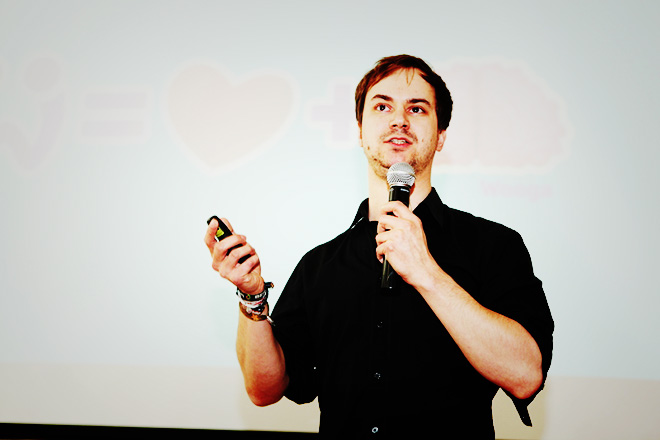
Teams at Wooga build several games with different sonic identities, played many times in one day by players accessing them from different countries all over the world. Indeed touchpoints are a lot and so they need a system of sonic logos, more than a single one.
Cornelius’ and Johannes’ companies worked together starting from characters of games which resulted more friendly for players and then created a first prototype of sound, based on some basic elements: a signature melody, use of musical instrumentation and a touch of sound design. Thus they built a system of sounds based on a main audio logo, which are adapted and integrated in each single game, with different musical properties (rhythm, key, etc.) and tasks.
In addition two important steps of the work followed: the creation of detailed guidelines for future applications and touchpoints, and the conduction of test of accessibility and recognizability with Wooga internationl teams of developers, designers, marketing managers and so on.
Second case study of the congress is MetrôRio by Zanna Sound, the audio branding project for the subway system of Rio de Janeiro. Creative director and CEO Zanna describes the noisy soundscape within one of the biggest and crowded subway of the world, and how it was grossly covered via the adoption of classical music, which turns out to be more disturbing and useless for people.
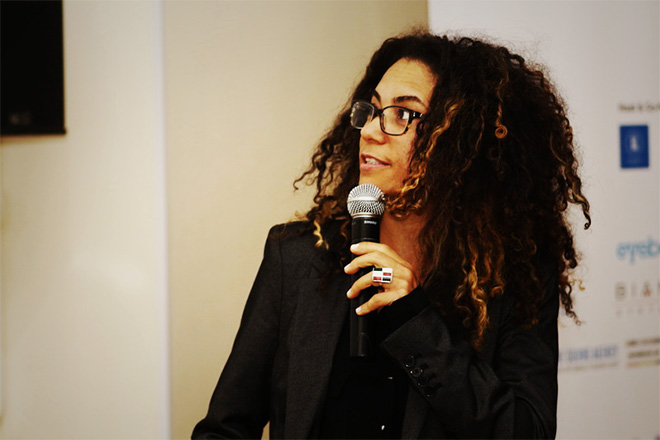
The method of work of Zanna included some relevant stages: study of the brand, workshops with the client and the creation of a strong collaboration between sound and advertising agencies.
Zanna strongly underlines her background as a musician: their solution for MetrôRio starts from a musical theme, built choosing proper instruments (someones directly coming from the traditional carioca culture), rhythm and melody. After this the extension of the audio branding identity was developed: sound logo, on air messages, sounds for the tasks of the vending machines and, obviously, soundscape for the environment.
A special step of this projects was dedicated to the training of the staff of the metro, to whom Zanna team taught how to use their voice to speak in a no-noisy way, balancing loudness and saying proper sentences and then contributing to the whole soundscape of the metro.
At the end or her speech Zanna mentions the String theory, saying one of the best quotes of the day:
We are frequencies,
we are notes.
We are Sound.
From Brasil to France: Michaël Boumendil gets on the stage to present Peugeot case study by Sixième Son agency. Introduced as a project moved by a strong and audacious attitude of the agency, the main idea for the new strategy was not to work and analyze the existent, but to go back radically to the DNA of Peugeot in order to subvert the current identity.
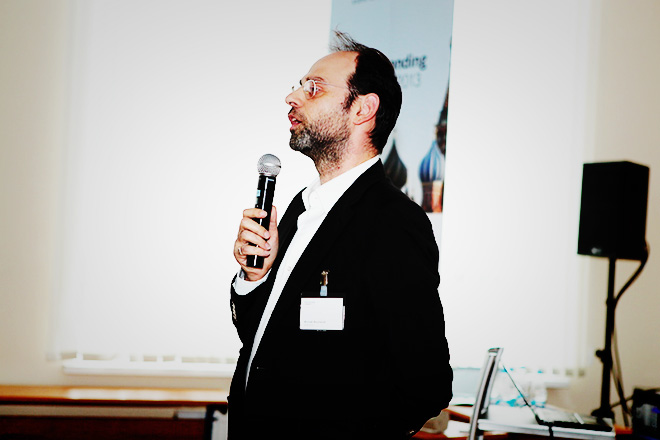
Unfortunately Sixième Son is not allowed to show so many things about the results of the project and then we had to satisfy ourselves watching a short commercial video playing the new audio logo at the end, where Boumendil underlines the abruptly change of the final part of the tune, cleaned up of reverberations and electronic glitches, with the sharp aim to show personality and pride.
Russian coffee break time and then it’s time for some case studies related to the use of sound in retail spaces, one of the hottest topic for audio branding in this year.
Anna Kind and Martin Hallberg from Radja present the case of Emporia shopping centre in Malmö (Sweden), developed for the client Steen & Ström.
For this project they started exactly from the end: the needs of the client, who required a solution where sound should achieve accessibility (sound as a personal guide) and provide added value (offering an experience beyond shopping).
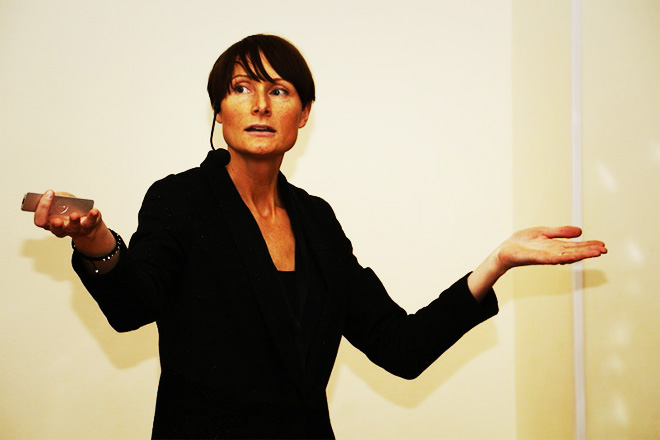
For this challenge a multidisciplinary team was created, including sound designers, composers, architects and audio engineers.
As Emporia is one of the biggest mall in Europe, the team had to face many issues related not only to sound communication, but also to physical spaces. Indeed the ceilings of the building were too high and then some special surround speakers were built, in order to play sounds along to a vertical path, which changed in position according to the different scenarios of the sound space.
Radja team built a brand voice guiding people in the building and dedicated compositions for each area of the mall.
Funny (and big) idea: in the public bathrooms of the mall they used ten completed unrelated and weird toilets sounds triggered by proximity sensors. Can you imagine the effect on people?
Emporia is really a great project and indeed it worn the Audio Branding Congress award for best case study. Viva the Sound of Sweden!!!
How to put the music in chocolate? Yes, this was the enviable challenge that iV2 had to take on for the new audio branding of Ritter sport.
On the stage Uli Reese explains the great work of organization the agency made for this client.
The process was composed of the following stages:
- analysis and design: discovery of the brand, audio audits sessions and creation of audio moodboards (selection of pieces of music and narrow down to the correct sound with decision makers);
- creation: foundation of 7 production teams for working on the audio brief, creation of prototypes of the brand theme, build of the product sound toolkit, evaluation workshop sessions;
- testing: 2 days of tests for 60 different subjects (in partnership with Delta SenseLab)
- implementation: creation of final brand theme, audio logo, product sound toolkit and communication channels commercials (tv, cinema, social media, etc.)
- results: integration in multiple touchpoints.
Here we are very close to define a general framework for audio branding practice and this is what we need now. Kudo to the IV team!
Last case study of the congress is by brazilian agency B Sound Thinking for the client Iguatemi. Again in the field of audio branding for retail spaces, Paulo Dytz and Bruno Alcalde presents the methodology of the agency, starting from an interesting listening stage, where they worked with different people from the client company to measure the sources of noise in the mall. A diagram of dB levels of the space was built, to show controllable (mall) and uncontrollable (people) sources of noise.
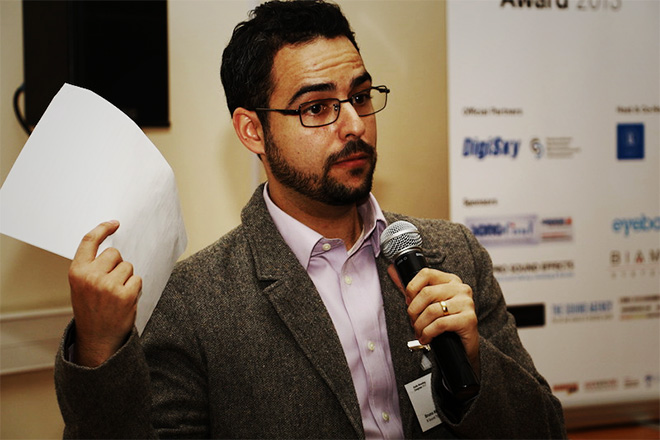
This sonic image represented the basis for the creating stage, where the so called sound pillars were designed according to some requested properties, such as unicity, ability to relate people together, sophistication and finally strongly connection to musical trends.
A following stage of the process was related to the implementation of the strategy, basically oriented to the training of workers at the mall, with a great idea to use a noise patrol, a team of people with the task to monitor the soundscape during the day.
Results stage was the final part of the process: B Sound Thinking team used microphones to monitor noise levels via a customized software able to control volumes of musical tracks, the sonic moods played during a defined range of time during the day. In addition they also provided a vocal pattern to people of the staff, in order to reduce time of people while waiting in the shops. Great results here: -3dB is the amount of noise removed after the implementation of the strategy.
Final part of the congress is What’s The Next Big Thing?, the panel where moderator Julian Treasure manages a deep discussion with Michaël Boumendil, Vladimir Kozlov, Vyacheslav Chernyakhovskii, Tom Trones and Carl-Frank Westermann.
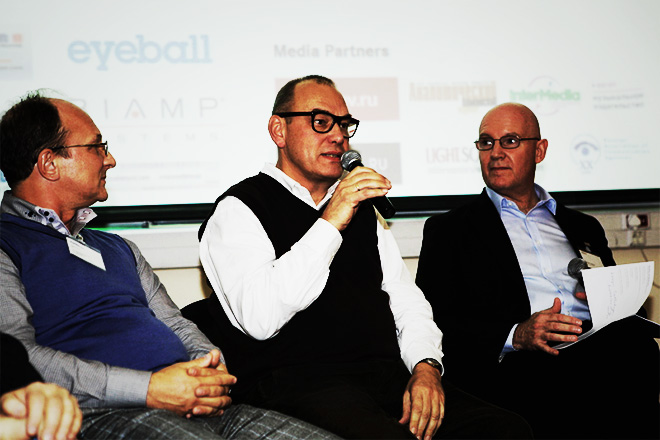
I guess you want to know now what is the big thing for 2014 after this panel… and this is what I have to say: a lot of things, maybe too many things. The application of Sound in new media (social media, apps ecosystem), some trending and solid technologies (natural language interfaces), the never ending issue of copyright for music and two huge promises always living a very hard time to go mainstream: product sound and data sonification.
Who regularly visits this lovely digital place knows that many other related things in Sound are on their ways (Google glasses and wearable for first) and that is a real opportunity for people working in Sound communication. Yet I guess one of the hardest challenge is surely the client, who needs, now more than ever, some good points to invest money in a sound strategy. ROI and true KPI parameters are the tools to build quickly and urgently.
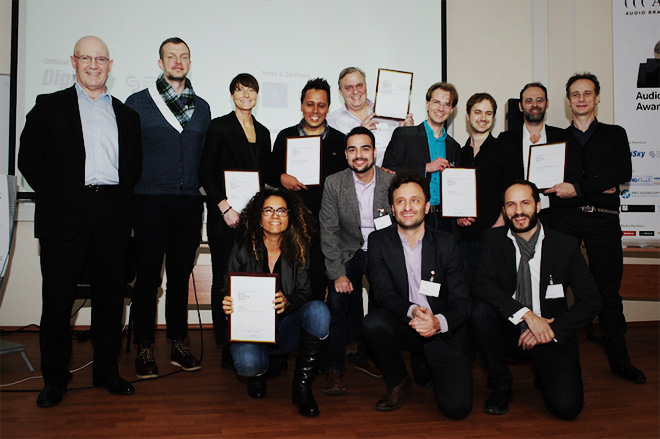
According to my opinion the panel part required more time and maybe another slot on the timetable. Probably we need a 2 days congress, even because some of the topics are very deep and some discussions have to be extended to different fields (such as music, architecture and audio engineering). Anyway I am sure Audio Branding Academy guys are thinking about this for the 2014 edition :-).
See you next year in another place called […]…
- These two women will save the future of Sound Art with a web radio called Radio Papesse - June 20, 2016
- #SayItWithSound Contest: Sonify your World and Win - December 21, 2015
- Sound Technician at University of Greenwich - December 1, 2015


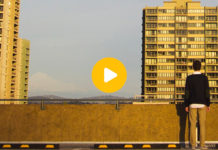
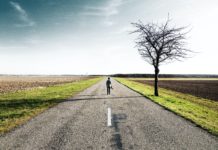
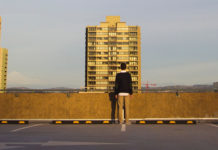
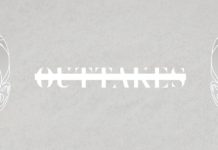
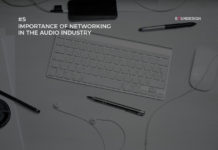
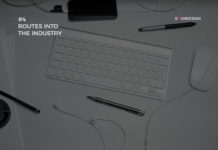
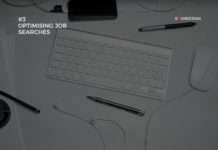
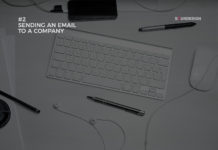
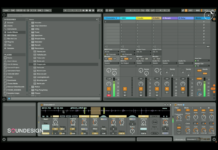
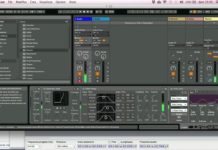

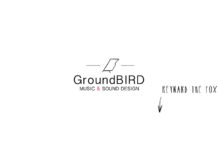
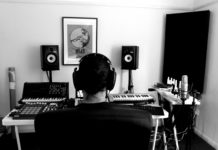
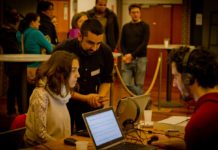

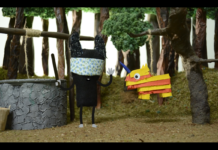
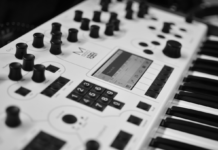
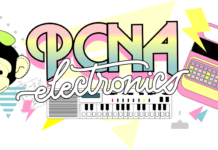
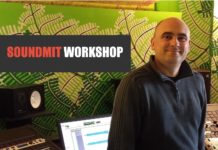
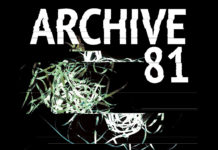
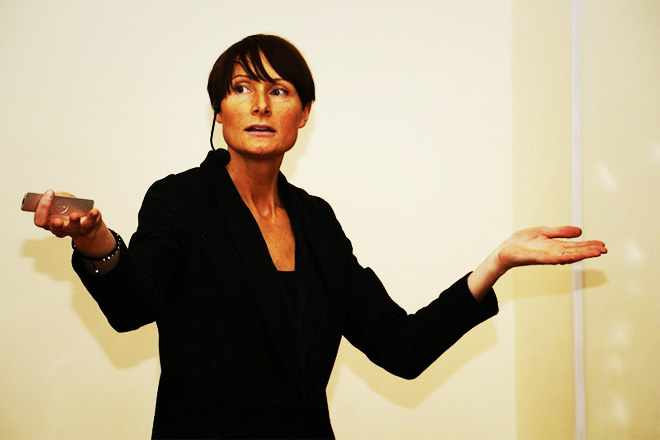
Thanks for a great summary – and for including us!
Cheers from your friends in Frankfurt and Nashville…
Hi iV/iV2 guys, thanks for your comment, I hope we can meet soon 🙂